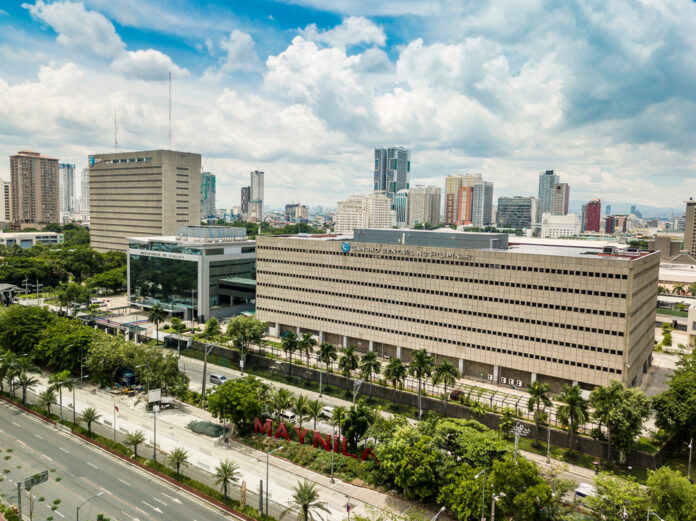Bank lending and domestic liquidity continued to expand in August, providing ongoing support to local output and economic activity despite a slight moderation in growth, according to preliminary data from the Bangko Sentral ng Pilipinas (BSP).
Outstanding loans from universal and commercial banks (U/KBs) grew by 11.2 percent year-on-year in August, easing slightly from 11.8 percent in July. On a seasonally adjusted month-on-month basis, total loans rose by 0.4 percent, reflecting steady, though slower, credit activity.
Loans to residents increased by 11.6 percent in August, down from 12.4 percent the previous month, while loans to non-residents contracted by 5.9 percent—still a decline, but slower than the 8.1 percent drop recorded in July.
Credit extended to fund business activities rose by 9.9 percent, moderating from the previous month’s 10.8 percent growth. Several key sectors continued to see lending expansion, including real estate activities, electricity and utilities, wholesale and retail trade, financial services, and information and communication.
Consumer loans to residents—covering credit cards, motor vehicle loans, and general-purpose salary loans—remained robust, growing by 23.9 percent in August, slightly higher than the 23.6 percent growth in July.
The BSP noted that bank lending is a key transmission channel of monetary policy and plays a vital role in supporting domestic demand, investment, and overall economic output. Maintaining appropriate credit conditions is therefore significant not just for monetary authorities but also for businesses and households across the country.
Meanwhile, domestic liquidity, or M3—the broadest measure of money supply—increased by 6.6 percent year-on-year to approximately ₱18.6 trillion in August. This was faster than the 6.2 percent growth in July. On a seasonally adjusted month-on-month basis, M3 rose by 0.5 percent.
The increase in liquidity was driven by a 9.8 percent rise in claims on the domestic sector, reflecting sustained borrowing by both private enterprises and the public sector. Claims on the private sector grew by 11.1 percent, supported by continued lending to non-financial corporations and households. Meanwhile, net claims on the central government increased by 6.1 percent, slightly down from the 7.1 percent pace in July, as government borrowing remained elevated.
Net foreign assets (NFA) of the banking system also improved, rising by 4.8 percent in August after contracting by 0.6 percent in July. The BSP’s own NFA position increased by 0.7 percent, while banks also saw gains due to reduced foreign currency-denominated liabilities.
The BSP reiterated its commitment to managing liquidity and lending conditions in line with its objectives for price and financial stability. These developments are significant not only for policymakers but also for consumers, investors, and firms whose financial decisions are closely linked to the cost and availability of credit.







